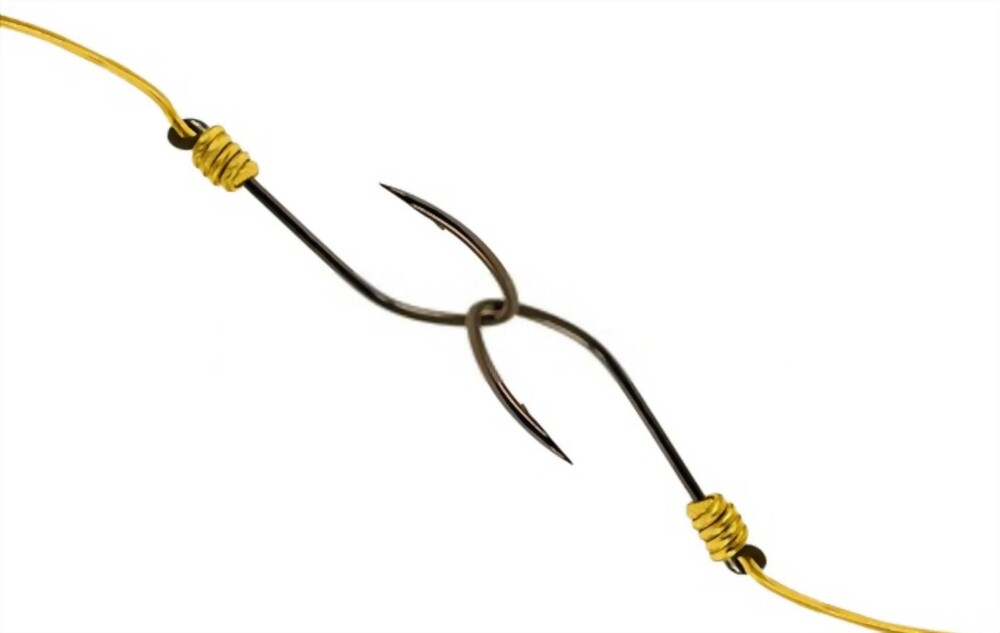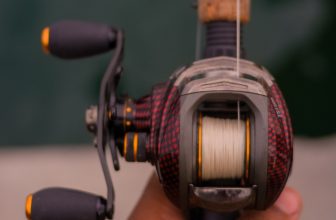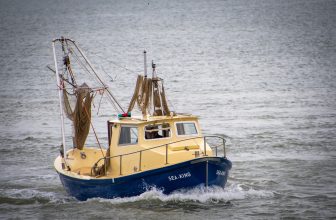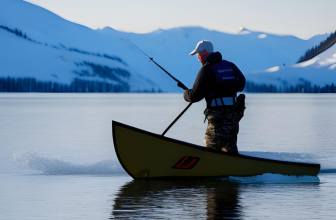
The Top 10 Best Fishing Knots for Any Situation
If you’re an avid angler, you know the importance of the right knot for any given fishing situation – no matter if you’re targeting freshwater or saltwater species.
1. Improved Clinch Knot
The Improved Clinch Knot is an angler’s favorite for its strength and versatility. Also commonly referred to as the Trout Knot, it’s ideal for attaching hooks, fly lures, sinkers, and swivels to traces. It’s also incredibly easy to tie and finishes with a neat, compact knot guaranteeing the ultimate strength and reliability.
2. Palomar Knot
Used most commonly for tying on hooks and swivels, the Palomar Knot is the goto knot for many Bass fishing enthusiasts. It’s incredibly reliable, incredibly strong, and incredibly easy to tie – making it perfect for any freshwater fishing situation.
3. Surgeon’s Knot
This knot is an angler’s dream. A one-time loop knot, this knot is essential for connecting two lines of different size. It’s ideal for the connection of a leader line to the mainline for both freshwater and saltwater applications.
4. Trilene Knot
Again, great for attaching tackles and hooks alike to your line, the Trilene knot is great for its strength and versatility. It also pulls tight and stays secure and is great for providing superior knot strength as well as tidy presentations.
5. San Diego Jam Knot
The San Diego Jam Knot is another angler classic. This knot is great for securely tying monofilament to all types of terminal tackle. What makes it great is its ability to maintain the line’s strength while also providing a reliable, snag-free connection.
6. Loco Knot
A reliable, quick and easy knot. The Loco Knot is one of the strongest knots known to the angling world and it’s ideal for connecting leaders and rigs to lines without comprising line strength or integrity.
7. Blood Knot
Used to connect two monofilament lines of similar size, the Blood Knot has become something of an icon in the angling word. An incredibly versatile knot, its strength and reliability makes it an essential for any serious angler.
8. Surgeon’s End Loop Knot
One of the strongest loop knots available, the Surgeon’s Loop Knot is excellent for fly fishing and for creating narrow, versatile loops for attaching your leader.
9. Kreh Loop Knot
Created by the legendary Lefty Kreh, this knot is the perfect knot for freshwater rigs and helps create incredibly strong, secure, and neat loops.
10. The FG Knot
The FG Knot is a great choice for saltwater applications and handles like a dream whilst providing thick, powerful ties. It’s also a great knot for connecting fly line to a leader, and is incredibly versatile.
Conclusion
Knowing the right knot for each situation can make all the difference when fishing – so make sure you arm yourself with these ten essentials when heading out to your favourite spot. With a bit of practice, you can develop a deep understanding of your chosen knots and the slight variations to achieve the desired result. Before long, you’ll have a permanent arsenal of useful knots in your fishing repertoire.
What knot should I use for a 2-foot leader?
The best knot to use for a 2-foot leader is the Double Uni Knot. This knot is strong and easy to tie, and is the most commonly used knot for connecting leader material to fishing line.
What type of knot is best for attaching the leader to a fly line?
The best type of knot for attaching a leader to a fly line is a loop knot, such as the Non-Slip Loop, Surgeon’s Loop, or Double Surgeon’s Loop. Loop knots provide a strong connection and allow for more movement of the line.
What type of leader knot should I use for fly fishing?
The most commonly used leader knot for fly fishing is the Blood Knot. This knot is strong and reliable, and is easy to tie even with cold, wet hands. It is perfect for attaching two strands of different materials together, and is also a great choice for tying tippet to leader, as it also serves to make a loop at the end of the leader material.
What benefits does a leader knot provide when fly fishing?
A leader knot is the method by which the fly line is connected to the leader. This knot helps to ensure a smooth transition for the line and provides a secure connection for the fly. The knot helps to minimize drag and improve casting accuracy. It also helps to reduce line abrasions, tangles and wind knots. Leader knots also make it easier to change the size of the leader and tippet.
What are some common types of leader knots used in fly fishing?
1. Improved Clinch Knot
2. Two-Turn Clinch Knot
3. Uni Knot
4. Non-Slip Mono Loop Knot
5. Albright Knot
6. Nail Knot
7. Surgeon’s Knot
8. Davy Knot
9. Double Surgeon’s Knot
10. Rapala Knot
11. Blood Knot
12. Loop Knot
What is a leader knot for fly fishing used for?
A leader knot for fly fishing is a knot used to attach the leader line to the end of the fly line. This allows for a smoother transition from the heavier fly line to the lighter leader line, which is necessary for proper casting and presentation of the fly. It helps keep the longer leader from tangling and ensures there is no knot in the leader preventing it from flowing through the guides. This is extremely important in allowing the fly fisher to present the fly in the most accurate spot consistently.
What type of line is best for using a leader knot for fly fishing?
A monofilament line with a good amount of stretch is the best choice for using a leader knot for fly fishing. This will help to absorb any shock or sudden movements that may occur while casting or fighting a fish. Monofilament also provides good knot strength and has good abrasion resistance, both of which are important when using a leader knot.
What type of leader knot should I be using for fly fishing?
The Double Surgeon’s Knot is the most commonly used leader knot for fly fishing. It is a very simple knot which is strong and easy to tie. However, there are other leader knots that have their own advantages, such as the Non-Slip Mono Loop Knot and the Rapala Knot. It is important to know the pros and cons of each knot and to tie whichever one is the best for the situation.







